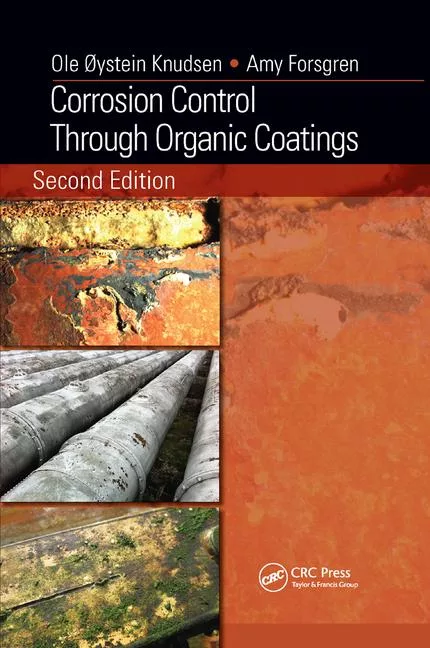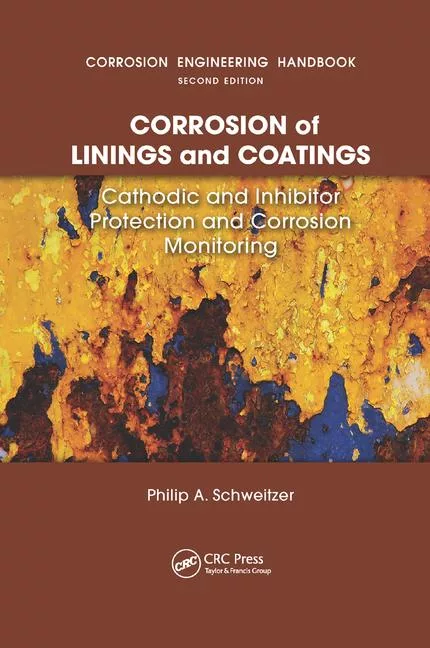Infrared Reflective Colorants: Optimizing Coatings for Cool Surfaces through IR Management
Colorants play a key role in determining the effectiveness of cool-roof coatings.

Figure 1. The electromagnetic spectrum.

Figure 2. Typical heat build test apparatus per ASTM D 4803-97.
Continual climate change necessitates a movement toward energy savings via coatings. One method of saving energy in hot climates is to minimize the heating of buildings. This can be achieved with the application of a coating on the roof that keeps the rooftop cool while minimizing the conduction of heat and the use of air conditioning. Another way to save energy is through increasing the lifespan of a coating with heat protection. This method represents energy savings in a broader scope, as it reduces energy along the production chain.
White coatings are the obvious first choice for both of these methods, as white colorants feature the highest reflectivity of sunlight-carrying infrared (IR) waves (heat energy). The white reflects the heat energy, and the building stays cool. However, consumers like different color choices.
Infrared-reflective (IRR) colorants have therefore found their way into the market. These colorants reflect light and resist heat build, thus saving the energy it takes to cool buildings. The cool roof concept is popular environmentally, and other cool surface initiatives are in the planning stages. If a coating remains cool, then the coating structure is less likely to degrade through a heat decomposition mechanism. This saves energy by delaying the need for a replacement.
Colorants play a larger role than perhaps many of us suspect in managing IR effects from heat build. Benefits of IRR colorants include:
- Reflect more energy in the near-infrared (NIR) while achieving aesthetically pleasing color space
- Lower heat build in the coating and substrate compared to non-IRR coating
- Decrease cooling costs in buildings
- Decrease thermal decomposition degradation and temperature cycling
- Allow coatings formulators to achieve darker color spaces without sacrificing heat reflectivity
- Reduce the temperature, rate of degradation, and warpage of the substrate
- Improve specialty marking applications
Principles and Terminology of IR Management
To properly understand IR management, it is best to begin with the electromagnetic spectrum. The electromagnetic spectrum connects sunlight and total solar reflectance (TSR), which is a measure used to gauge performance for infrared reflectance.
Figure 1 displays the energy and wavelength of light from gamma rays to radio waves, highlighting the visible light spectrum and NIR approaching 700 nm. Sunlight is broken down from ultraviolet radiation (> 100 nm) to IR radiation (< 1,000 nm), with the visible spectrum in between (400-700 nm).
Determining how much energy surfaces on the Earth receive from the sun (i.e., solar irradiance) is dependent on the time of day, location on Earth, and atmospheric conditions. The term irradiance is defined as the power per unit area of electromagnetic radiation incident on a surface. The surface is the key element for this discussion.
Roughly 58% of the solar irradiance is NIR or heat energy. This is a good thing, as the heat from the sun equals a habitable environment.
Another key term in IR management is emissivity, which in this case is the ability of an object to radiate heat energy. The emissivity value is a range of 0 to 1, based on the ability of a perfect mirror (0) to emit infrared energy compared to a pure black body (1).
Emissivity is an important term for the surface or substrate worth protecting, and it is calculated by ASTM E 408. When a surface has a propensity to radiate more heat energy that it absorbs, it will not build heat as quickly as a surface that only absorbs heat. This is in comparison to conducting heat, where heat is transferred within the surface to dissipate it. Table 1 lists some common materials and their emissivity values.
An indirect measure of emissivity for a substrate incorporates the heat build test per ASTM D 4803-97. Figure 2 illustrates a typical heat build setup. The heat build test was developed for vinyl substrates but can be applied to other materials. It requires a 250-W clear heat lamp with color temperature of 2,400 K. It is important to note that that spectral power distribution of the heat lamp is not equivalent to the terrestrial irradiance of the sun. These heat build tests are correlated to real-world applications by a multiplier and a predefined standard.
Options for a suitable substrate are limited when designing an exterior surface to stay cool. The best option is usually choosing a substrate and/or coating with high NIR reflectance. That is why the coating chosen and the colorants in that coating are critical to a cool surface.
Infrared reflectance of a surface is measured by total solar reflectance (TSR), as defined by ASTM C 1549. When analyzed in a common TSR instrument, a dark-colored surface absorbs 90% of the heat energy and reflects 10%, while a light-colored surface absorbs 30% heat energy and reflects 70%.
Colorant Determination
Now that the terms and measuring instruments have been introduced, the next step is choosing the right colorants for the IRR coating. It is important to consider the entire thermodynamic system when developing an IRR strategy to maximize reflectance and emissivity. This includes environment, substrate, coatings, and colorant. One must account for system components that can impact reflectivity and potential contamination variables of IR-absorbing materials. Table 2 displays the color spaces one can achieve using colorants while maintaining good IR management.
One contamination to avoid in colorant formulas is the use of carbon black. Since it is a good absorber of light energy (ultraviolet, visible, and infrared), carbon black cannot be used at any level in color formulations for IRR coatings. This holds true whether the strategy is reflective colorants or transparent colorants coated on a reflective surface.
For example, consider a grey blend containing a transparent organic black and titanium dioxide contaminated with 0%, 0.02%, and 0.09% carbon black. TSR can drop from 20% to 40% with a contamination of very little carbon black. The percent reflectance reaches 84% between 800-2,400 nm, but drops to 65% with 0.02% carbon black and 42% reflectance in that same range with 0.09% carbon black contamination.
Aesthetics and Functionality
A wide color space is available to obtain aesthetic color combined with proper surface cooling of the coating and substrate. Consumers can have their color choices while saving money on energy and delaying the cost of coating reapplication.
For more information, contact the lead author at (440) 536-9667
or jpowers@chromaflo.com, or visit www.chromaflo.com.
Looking for a reprint of this article?
From high-res PDFs to custom plaques, order your copy today!








